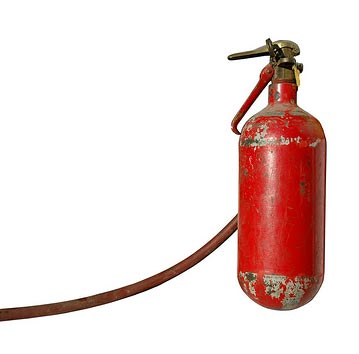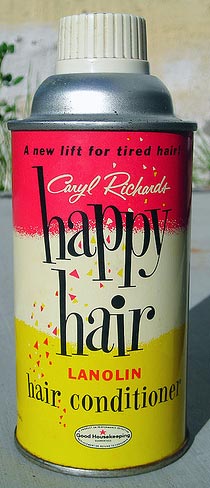The Ozone Made Simple
What is Ozone?
Christian Friedrick Schonbein, a German chemist, discovered ozone in 1840. He discovered that ozone is composed of three oxygen molecules, unlike most forms of oxygen with only two molecules.
The majority of the Earth's ozone is in the stratosphere.
Ozone is a major factor of what makes life on Earth possible, as it prevents ultra- violet rays from destroying the environment.

What Causes Ozone Depletion
When we, on Earth, use ozone depleting substances, we release chemicals into th atmosphere that slowly rise through the air.
When the chemical reach the upper atmosphere, the sun's ultra- violet rays break them up and degrade them, which releases chlorine or bromine atoms, which react with the ozone and start depleting it.
But, man- made objects are not the only factor in the depleting ozone. Some scientists have noticed seasonal depletion over Antarctica. They believe that the weather in Antarctica helps produce the chemicals that damage the ozone.
In the winter, the continent is very dark and cold with swirling winds that tend to stop the normal air circulation, but in the spring, the sunlight increases, triggering chemical reactions that are thought to deplete the ozone.


Types of Ozone Depleting Substances
Aerosols
Aerosols are the small suspended particles within a gas. As arorsols are often liquid particles, when they reach the stratosphere, they start crystallizing and forming groups with water molecules and a sulfate or nitrate molecules.
Chlorofluorcarbon (CFC)
CFC's are a compound that consists of chlorine, flourine, and carbon. They tend to be pretty stable in the troposphere, but when the sun's ultra- violet rays hit them in the stratosphere, they release the chlorine atoms that then deplete the ozone.
You will commonly find CFC's in refrigerants, solvents, and foam blowing agents.
Once it was recognized that CFC's are one of the substances that deplete the ozone, the government banned the us of them in aerosol cans in 1978, but it wasn't until 1995, that the United States banned use of CFC's in refrigerants and insulation.
Halon
Halons are compounds of bromine, flourine, and carbon, that are commonly used in fire extinguishers.
Because when in the stratosphere, bromine depletes the ozone faster than chlorine, the United States banned the use of halons in fire extinguishers and other products in 1993.
Ozone Depletion Statistics
- Stratospheric Ozone Depletion
Resources for both teachers and students interested in the ozone layer. From NASA - Ozone Depletion, Global Programs Division
Contains information about the science of ozone depletion, U.S. ozone protection regulations, information on methyl bromide, and flyers about the UV index. - Ozone Hole Tour
Follows the discovery of the ozone hole and the resulting science and research on the phenomenon.
Depleting Ozone and Its Effects
Every year, scientist at the National Center for Atmospheric Research (NCAR) collects data on the ozone, looking for patterns and areas that are thinner than others.
As of 2000, there are areas of the lower atmosphere that are nearly empty of its ozone molecules.
The scientists tested this by flying an aircraft over the Hudson Bay, Baffin Bay, and the Arctic Ocean. The aircraft made seven trips during the spring of 2000 that, altogether, traveled through Colorado, Manitoba, Winnepeg, Greenland, and Canada. During the trips, the aircraft would rise and fall collecting data at different levels of the atmosphere to test where the ozone was missing or thinning.
The scientists located thinning areas in 8 of the 32, low- altitude flights.
Effects of Ozone Depletion
- Basal and Squamous Cell Carcinomas
- Malignant Melanoma
- Cortical Cataracts
- Increased Tropospheric Ozone- health risk to humans, plants, and animals because ozone is toxic and at a tropospheric level, life on Earth is in contact with it.
- Reduced cyanobacteria in the roots of some plants, which would cause them to retain nitrogen because of increased UV rays.
Future Outlook
Scientists say that although the ozone is somewhat stabilizing, it may only be a temporary change. Because there has been so much depletion already, it is not conclusive whether or not the current state will remain.
It is thought that because the sun makes an 11- year period of declining radiation, in year 2006, we experienced the least amount of ozone protection.
They feel that winters will begin to return back to its more cooler weather, which will cause the Arctic ozone levels to fall faster. With the warmer temperatures in the atmosphere, the stratosphere will have cooler temperatures, meaning that it will deplete faster.
Do you think that the ozone will stabilize or continue to deplete? How about your opinions towards whether the depletion is man- made, environment, or a little of both?








